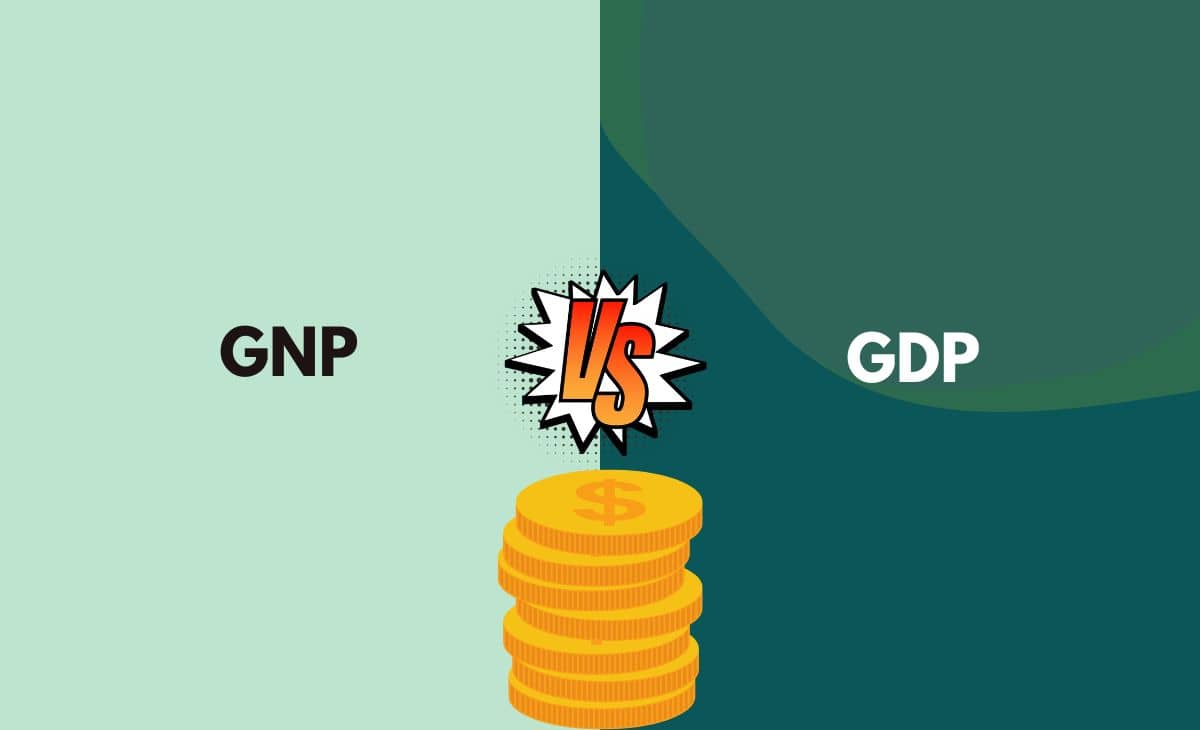Introduction
National income is the total of the values of all the goods and services produced by the residents of a country in a financial year. There are various aggregates of the national income, each aggregate has a specific meaning, method of measurement, and use. GDP and GNP are some of the important aggregates of national income.
GDP, short form for Gross Domestic Product, is the gross market value of all the final goods and services produced within the domestic territory of a country during a period of one year.
The Organisation for Economic Co-operation and Development (OECD) defines GDP as "an aggregate measure of production equal to the sum of the gross values added of all resident and institutional units engaged in production and services (plus any taxes, and minus any subsidies, on products not included in the value of their outputs)". An IMF publication states that, "GDP measures the monetary value of final goods and services—that are bought by the final user—produced in a country in a given period of time (say a quarter or a year)."
It is commonly used to measure economic activity. Going into history, the concept of GDP was first used in the 18th century, the modern concept was developed by American economist Simon Kuznets in 1934, and GDP was officially adopted as the main measure of a country’s economy at the Bretton Woods Conference in 1944.
GNP, short form for Gross National Product, is the total value of all the goods and services produced by the people and business of a country. This does not take into account the location of production. It takes into account the production both inside and outside the country.
Difference Between GDP and GNP in Tabular Form
| Parameters Of Comparison | GDP | GNP |
| Definition | The value of goods and services produced within the domestic territory of a country in a financial year. | The value of goods and services produced by the citizens of a country irrespective of the geographical boundaries in a financial year. |
| Nature of concept | Territorial concept | National concept |
| What it measures | Measures only the domestic production | Measures only the national production |
| Net Factor Income from Abroad (NFIA) | Does not include NFIA | Includes NFIA |
| Consideration of Economic Activity | GDP considers the economic activity in a national economy irrespective of where the produces belong. | GNP considers the economic activity regardless of where it occurred, that is, the consideration of the economic activity of the citizens of India whether they are in India or abroad. |
| Calculation | GDP=Consumption+ Investment+ Government Spending+ Net Exports | GNP= GDP + Net Factor Income from Abroad |
What is GDP?
Items included in GDP
- Only the final goods are counted as the transaction involved in the purchase of the raw material is already included in the value of the final good.
Items not included in GDP:
- Unpaid work
- Bartered goods and services
- Black market
- Illegal activities
- Transfer payments
- Sale of used goods
- Intermediate goods and services that are used in the making of the final product
What is GNP?
Items included in GNP:
- Value of those goods and products that are produced by the industries of domestic origin
- Investments made by the businesses and the residents of the country, living both inside and outside the country
Items not included in GNP:
- Income earned by foreign nationals in the country
- Products manufactured by a foreign company in the manufacturing units in the country
- No intermediate goods are counted as it leads to the problem of double-counting
Conclusion
Thus, the above article deals with the differences between GDP and GNP. The basic difference is that GDP does not include any income or the values of the product and services from outside a country’s territorial boundary, however, GNP includes foreign income, values of products, and services as well. as well.
References
- https://en.wikipedia.org/wiki/Gross_domestic_product
- https://www.worldometers.info/gdp/what-is-gdp/

